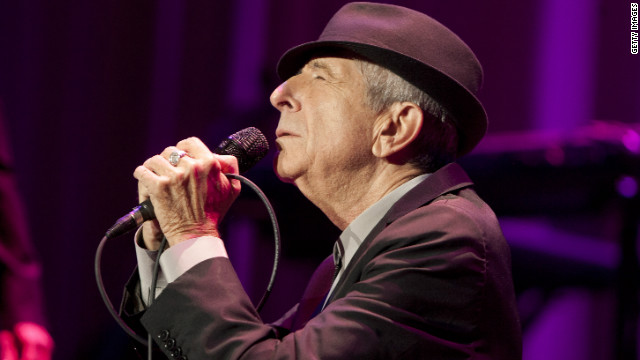On the other hand, these were all undergraduate men and women - would 30, 40, or 50 year old men act/react the same way? I don't think so. In my college years, I would be much more likely to seek revenge in the given scenarios, but now I would have to be pushed pretty far to act that way.
Full Citation:
Wilkowski, B., Hartung, C., Crowe, S., & Chai, C. (2012). Men don’t just get mad; they get even: Revenge but not anger mediates gender differences in physical aggression. Journal of Research in Personality, 46 (5), 546-555 DOI: 10.1016/j.jrp.2012.06.001
IF YOU’RE A MAN, YOU DON’T JUST GET MAD, YOU GET EVEN!
Friday, December 28, 2012
posted by Douglas Keene
We've all seen the research showing that men are more physically aggressive than women. But it’s been tough for researchers to explain just why that difference exists. They’ve proposed it’s due to social learning or evolutionary pressures but there’s been no real consensus since men are not measurably more angry than women (according to what’s been measured in research). The authors of this blog each have one daughter and one son, and we can join those who are mystified by the pattern of aggressiveness. To our observation, the difference was seen in toddlerhood.
So researchers chose to explore the idea of revenge and to look at whether the revenge motive differs between men and women. Surprise! It does! Here’s what they did over three different studies.
In Study 1, 89 undergraduate students (64 women and 25 men, average age 20.1 years) at the University of Wyoming completed questionnaires on physical aggression and trait anger and revenge motivation.
Men reported more physical aggression than did women. There were no differences in reports of anger between men and women (everyone gets mad– this is consistent with past research) but men reported more motivation to seek revenge than women reported.In Study 2, 69 undergraduate students (50 women and 19 men with an average age of 19.6 years) from the University of Wyoming completed the same questionnaires used in Study 1.
Again, men reported more physical aggression than women, anger reports for men were slightly higher than they were for women, and men were more likely to have higher levels of revenge motivation.For Study 3, 95 undergraduate students (55 men and 40 women with an average age of 19.6 years) from North Dakota State University were seated in separated cubicles equipped with desktop computers and headphones for the delivery of noise blasts. They were told they were competing against another research participant. Their task was to press the space bar as soon as they heard a brief beep. Whomever won the competition was able to choose a loud noise blast to administer to their opponent “to encourage them to respond faster”. They were allowed to choose how loud the noise blast would be and also allowed to choose a “no-noise, non-aggressive option”.
There was no real opponent. The computer randomly chose the “winner” as well as the intensity/volume of the noise blast received by the loser. There were 20 rounds of the “game” and each participant (there really was only one) won about half of the rounds (so each participant received 10 separate noise blasts). Following the competition, they filled out questionnaires on their emotional state (having just been repeatedly blasted by their invisible competitor) and then on how much revenge motivation they experienced during the competition.
Men were more aggressive in their noise blast suggestions than women. Men were more revenge motivated than women but not more angry than women nor more generally negatively oriented. The level of revenge motivation expressed was predictive of aggression: that is, men were more aggressive and their revenge motivation was also higher than that of women.The researchers are quick to say that revenge is not the only reason men are more aggressive than women, but it certainly appears to be one of the reasons. One theory would be that men are more territorially competitive, and want to reassert their dominance. Thus a desire for revenge or retribution would drive aggressive behavior.
What is of interest from a litigation standpoint is whether people find it acceptable, and what circumstances mitigate public dismay at aggressive behavior by men. The studies and stories of aggression by women being judged far more harshly than the same behavior by men are commonplace. But what makes aggression/retaliation seem okay? What constitutes justification, and what is seen as aggressive? And what characteristics correspond to those who are tolerant of retaliation, versus those who are most likely to punish it?
While not from different planets and certainly not different species, men and women are different. They negotiate differently and theydeliberate differently. Our task is to find out when gender is a bright line divider in how jurors think about specific cases. It doesn’t happen often–but when it does, it is critical to know.
















